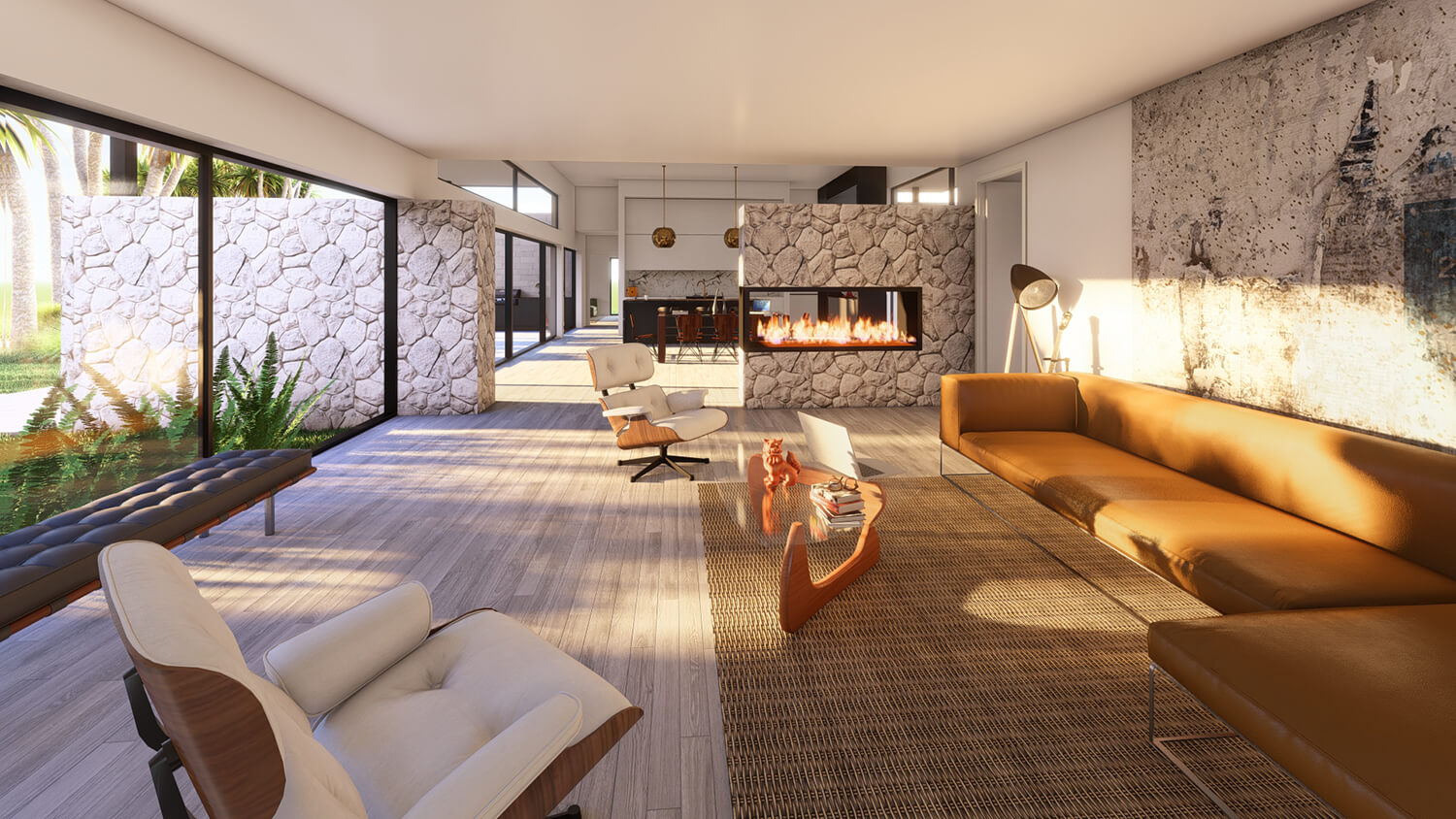A detailed breakdown of the cost of rebuilding a house

Rebuilding a house is a monumental endeavor that necessitates meticulous planning, precise budgeting, and a comprehensive understanding of the expenses involved. In this concise guide, we will provide an overview of the key factors that influence the cost of rebuilding a house. From the initial assessment to labor costs and unforeseen expenses, we will shed light on the crucial elements that contribute to your budget.
Assessing the Scope of the Project
1. House Size and Layout
The size and layout of your house are fundamental determinants of the project’s cost. Larger homes naturally require more materials and labor, resulting in higher expenses. Furthermore, houses with intricate layouts, multiple stories, or unique architectural designs can increase the complexity of the construction process, impacting both time and budget.
2. Demolition and Debris Removal
Before the rebuilding process can commence, the existing structure must be demolished, and debris needs to be efficiently removed from the site. The cost of this initial step is contingent on several factors, including the size of the current house, its condition, and the disposal regulations in your area. Older homes or those with extensive damage may require more substantial demolition efforts, potentially increasing expenses.
Planning and Design
3. Architectural Services
Engaging an architect is a pivotal step in the rebuilding process. Their expertise is instrumental in designing a functional and aesthetically pleasing house. Architectural services often come with a fee based on the complexity of the project, the level of customization required, and the reputation of the architect. While it may seem like an added cost, a well-thought-out design can save you money in the long run by optimizing the use of space and materials.
4. Building Permits
Securing the necessary permits from local authorities is an essential aspect of any construction project. Permit costs can vary significantly depending on your location and the scope of your project. It’s crucial to allocate funds for this purpose and ensure compliance with local regulations to avoid costly delays or fines.
Material Costs
5. Foundation and Framing Materials
The foundation and framing of your house are the backbone of its structural integrity. Material costs for these components can fluctuate based on market conditions, availability, and location. Concrete, steel, and lumber are among the primary materials used in this phase. To manage costs effectively, consider sourcing materials from reputable suppliers and exploring options for sustainable or recycled materials.
6. Exterior Finishes
Siding, roofing, and windows are critical elements that protect your home from the elements and enhance its curb appeal. The choice of materials significantly influences both the cost and durability of these components. High-quality, durable materials may have a higher upfront cost but can provide long-term savings by reducing maintenance and replacement expenses.
7. Interior Materials
Selecting materials for interior finishes such as flooring, cabinetry, and countertops requires careful consideration. The quality and type of materials impact both the cost and the overall aesthetic of your home. You can strike a balance between cost and quality by exploring various options and consulting with experts in interior design and construction.
Labor Costs
8. General Contractor
Hiring a general contractor to oversee the project is a common practice for ensuring a smooth construction process. General contractors coordinate various aspects of the project, from hiring subcontractors to managing timelines and budgets. Their fees typically constitute a percentage of the total project cost, and while this is an added expense, their expertise can streamline the process, potentially saving you money in the long run.
9. Skilled Tradespeople
Carpenters, electricians, plumbers, and other skilled trades are indispensable for house construction. Labor costs associated with skilled trades can vary based on demand, location, and the complexity of the work required. Obtaining multiple quotes from reputable professionals can help you make informed decisions and manage labor expenses effectively.
Unforeseen Expenses
10. Contingency Fund
No construction project is entirely free from unexpected challenges or changes in scope. To safeguard your budget, it’s wise to establish a contingency fund, typically around 10% of the total project cost. This fund acts as a financial cushion, ensuring that you can address unforeseen expenses without derailing the project.
Rebuilding a house is a significant undertaking that demands careful planning and budgeting. By understanding the factors that influence the cost of rebuilding a house, you can embark on your project with confidence. Assessing the house size, planning and design, material choices, labor expenses, and accounting for unforeseen costs will help you navigate the process efficiently and achieve your vision for a renewed home.
Are you ready to turn your dream home into a reality? At Avondale Homes, we specialize in making dreams come true. With our expertly crafted designs and experienced team, we’re here to guide you every step of the way. From planning to construction, we’ve got you covered.
Now that you have an idea of the cost of rebuilding a house. Your journey to the perfect home starts now. Explore our range of unique designs at Avondale Homes and take that exciting first step toward building the life you’ve always envisioned. Contact us now, and let’s bring your dream home to life together.
Elevate your dream home from imagination to realisation with Avondale Homes. Our unrivalled proficiency in custom home building, coupled with an unwavering dedication to superior craftsmanship, ensures your unique vision is impeccably brought to life. Embark on this transformative journey today. Contact us and witness the extraordinary possibilities that await your dream home.
.svg)




.svg)
.svg)
.svg)
.svg)
.svg)
.svg)

.png)
.png)
.png)



%20-%20SVG%201.svg)

